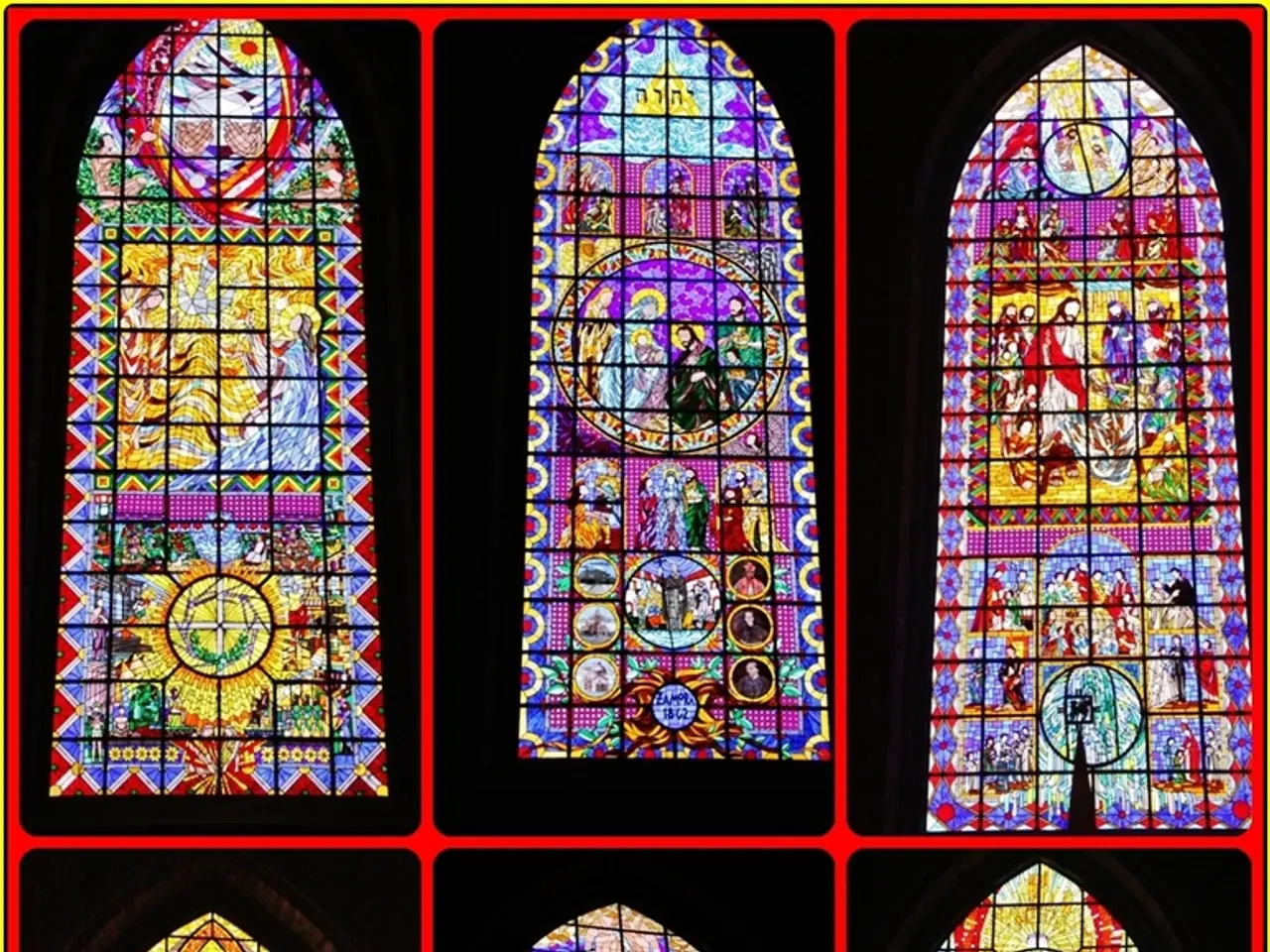Everlasting Data: Achievable Reality According to Hitachi
In the ever-evolving world of technology, a new contender has emerged in the quest for durable and long-lasting data storage solutions – quartz glass. This innovative technology, first introduced by Hitachi in 2012, has the potential to preserve digital information for hundreds of millions of years.
The prototype storage device, measuring just two centimeters square and two millimeters thick, is not only compact but also resilient. It boasts waterproof and environmentally resistant properties, ensuring that it can withstand various threats. This makes it a significant improvement over current data storage media, such as CDs and hard drives, which typically have limited lifespans, often not exceeding a few decades.
Microsoft has also joined the fray, exploring similar technology through its Project Silica initiative. The tech giant aims to create a sustainable cloud archival storage solution using quartz glass, further propelling the development of this groundbreaking technology.
Current research in quartz glass data storage focuses on the 5D optical data storage technology. This method uses femtosecond lasers to encode data inside quartz glass with nanostructuring, allowing for extremely high-density storage. For instance, SPhotonix’s 5D Memory Crystal can store up to 360TB on a 5-inch glass disc, with a data density around 10GB per cubic millimeter. These quartz glass data crystals exhibit exceptional longevity, retaining data integrity for over 1,000 years, and offer read/write speeds comparable to cold data storage media like LTO tape.
The 5D storage technology works by inscribing tiny nanostructures at multiple layers inside fused quartz. Data is encoded by controlling the size, orientation, and position of these nanostructures, effectively creating five dimensions of data encoding. This enables one disc to hold multiple layers of information, which can be read optically using microscopes combined with polarizers.
Potential applications of this technology are primarily in long-term archival storage for cloud-scale infrastructures, where durability, longevity, and data density are critical. Companies like SPhotonix are aiming to scale this technology as a sustainable alternative to magnetic hard drives and tape archives, targeting data centers and cloud providers. The technology complements rather than replaces existing cold storage solutions and could be integrated with other advanced media for various data retention and archival needs.
Additional research includes novel silicon dioxide materials like tridymite discovered in meteorites, which may influence thermal management and durability in future glass-based technologies.
As the technology advances towards practical, scalable archival solutions, its applications extend beyond high-density archival cloud storage. It finds relevance in scientific data preservation, such as complete human genome backups, and any domain requiring ultra-reliable, long-term data retention.
The technology is particularly suitable for long-term archival storage in sectors such as government agencies, museums, and scientific research institutions. Its potential to redefine how we think about preserving digital heritage for future generations cannot be overlooked.
Moreover, if the encoding method of the crystal skulls—believed to be associated with Mesoamerican cultures—is rediscovered, they might reveal profound truths about our past and future.
The advent of quartz glass storage could signify a major turning point in the narrative of long-term data storage. In 2016, researchers at the University of Southampton made a significant advancement by successfully etching 360 terabytes of data onto a single piece of glass using a technique known as 5D optical data storage.
However, concerns about potential losses of valuable information due to the limitations of current data storage media have been expressed by researchers like Kazuyoshi Torii from Hitachi. With the development of quartz glass technology, these concerns may soon be alleviated.
Quartz glass is recognized for its exceptional durability, stability, resistance to extreme temperatures, harsh environmental conditions, and chemical exposure. Research into quartz glass storage gained momentum in 2012 when Hitachi developed a method to both record and retrieve data etched into the material.
In summary, quartz glass data storage is advancing towards practical, scalable archival solutions with unprecedented data longevity and density. Its applications lie primarily in high-density archival cloud storage, scientific data preservation, and any domain requiring ultra-reliable, long-term data retention. As we move forward, the potential implications of this technology for our digital heritage are boundless.
[1] https://www.sciencedaily.com/releases/2021/01/210128104358.htm [2] https://www.sciencedaily.com/releases/2016/09/160928121138.htm [3] https://www.sciencedirect.com/science/article/pii/S2405457118303119 [4] https://www.nature.com/articles/s41467-019-13732-5 [5] https://www.sciencedaily.com/releases/2018/05/180517115834.htm
The evolution of technology in healthcare, powered by data-and-cloud-computing, could be revolutionized by the advancements in quartz glass data storage. The potential for this technology to provide ultra-reliable, long-term storage of critical healthcare data, such as complete genome sequences and medical imaging, has significant implications for patient care and research.
As the quartz glass data storage technology matures, it offers a promising solution to the limitations of current data storage media common in healthcare settings, ensuring the preservation of valuable data for future generations.




